When running your social enterprise, have you ever wondered if there is a different way of doing organizational tasks and assigning titles than the traditional hierarchical structure with decisions being made mostly top down? Frederick Laloux, the author of reinventing organizations, wondered just that. He had observed different styles of running organizations which he equated to a color spectrum to help us understand the development of the consciousness of the leading styles and organizational norms.
To begin with, all types of organizational styles are relevant depending on the given circumstance, there is no better or worse, as any leader or organization may display different color types if and when required. With that said the first part of the book described the color spectrum as follows:
Red organizations: “constant exercise of power by chief to keep troops in line. Fear is the glue of the organization.” Examples: Mafia, street gangs
Amber organizations: “Highly formal roles within a hierarchical pyramid. Top-down command and control (what and how).” Examples: Military, most government agencies
Orange organizations: “Goal is to beat competition; achieve profit and growth. Innovation is the key to staying ahead.” Example: Multinational companies
Green organizations: “With the classic pyramid structure, focus on culture and empowerment to achieve extraordinary employee motivation.” Example: Culture driven organizations
Teal organizations: The organizational is seen as its own entity and the staff are its guardians. They practice to trust the abundance of life by taming the ego and use their inner rightness as their compass. They see life as a journey that continually unfolds and build on the strength of each other rather than as a deficit (viewing people as a problem to be solved). They deal gracefully with adversity and values wisdom over rationality. They strives for wholeness: in relation to others, life and nature.
In the 2nd part of the book, Laloux describes from his research on teal organizations the structures, practices, and cultures of teal organizations. The beauty of his research which he entered into with no predetermined ideas but rather than to learn from his research subjects, he discovered that these practices had organically evolved within the 12 organizations he pinned as teal subjects, each independent and unknown to one another yet had very similar ideals and practices. The 12 companies range from the energy sector to health care to schools and health care organizations, with employees ranging from 110 to 40,000; local to global.
To delve deeper into the teal organizations practices and emergence you can purchase a new or second hand book with free shipping from BetterWorldBooks (a social enterprise).
To learn more:
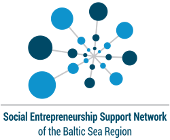
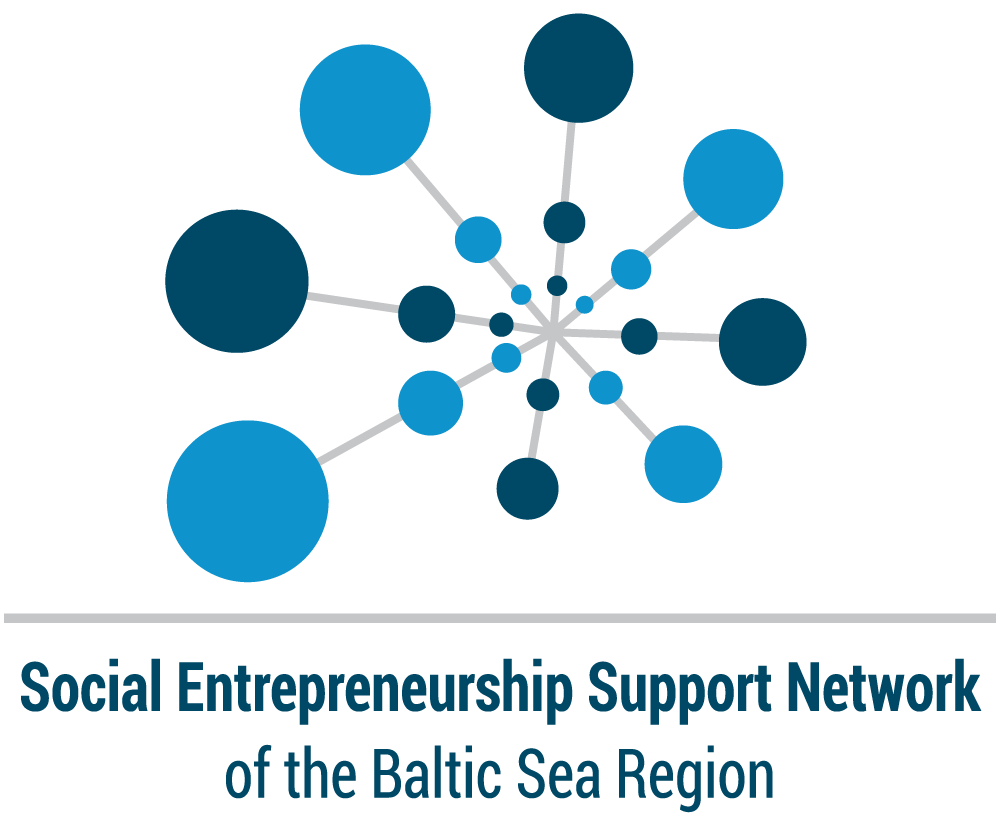

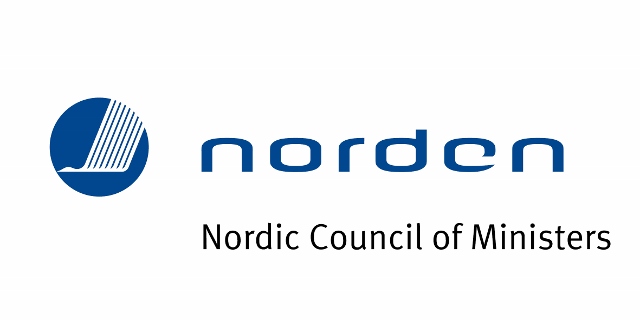


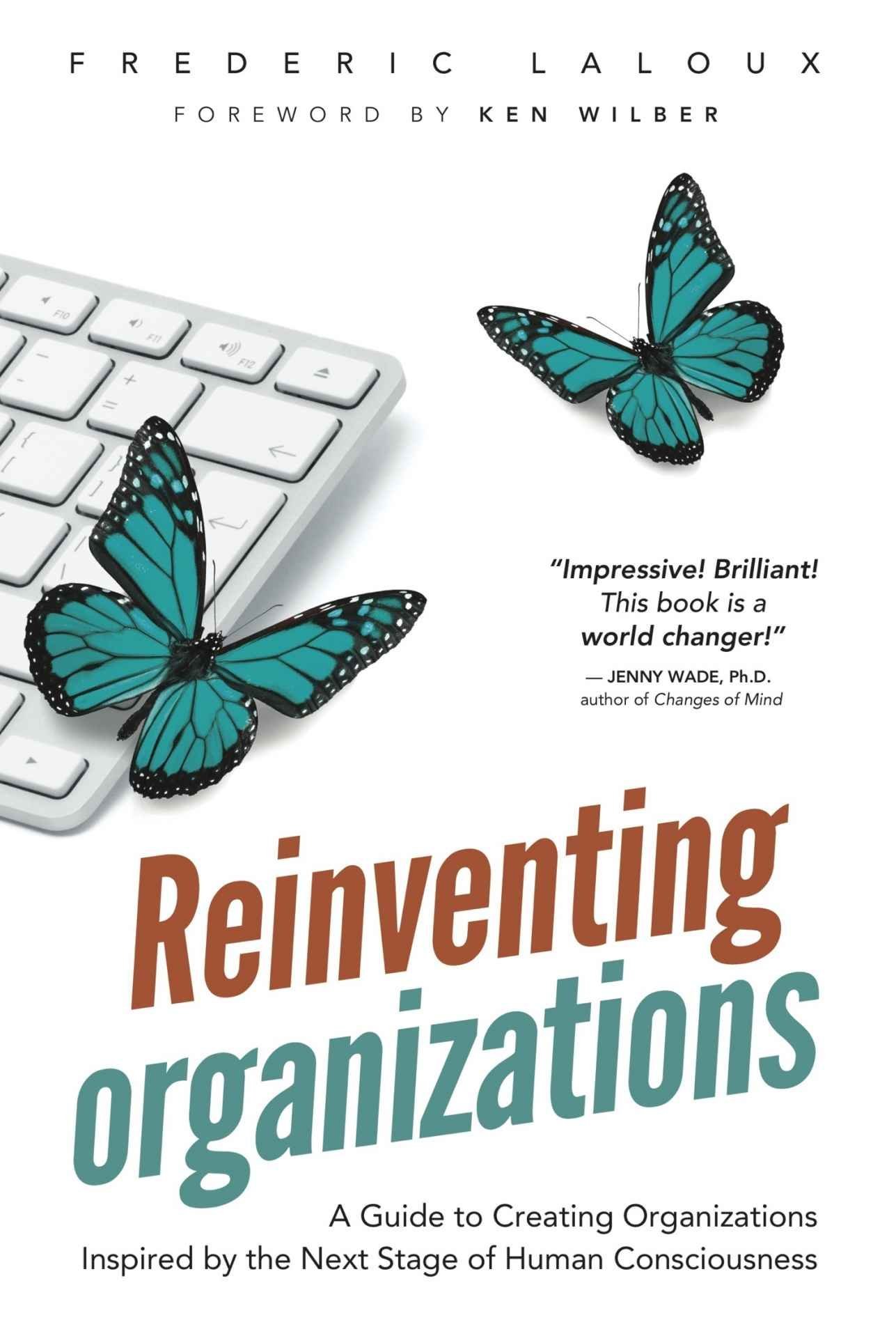
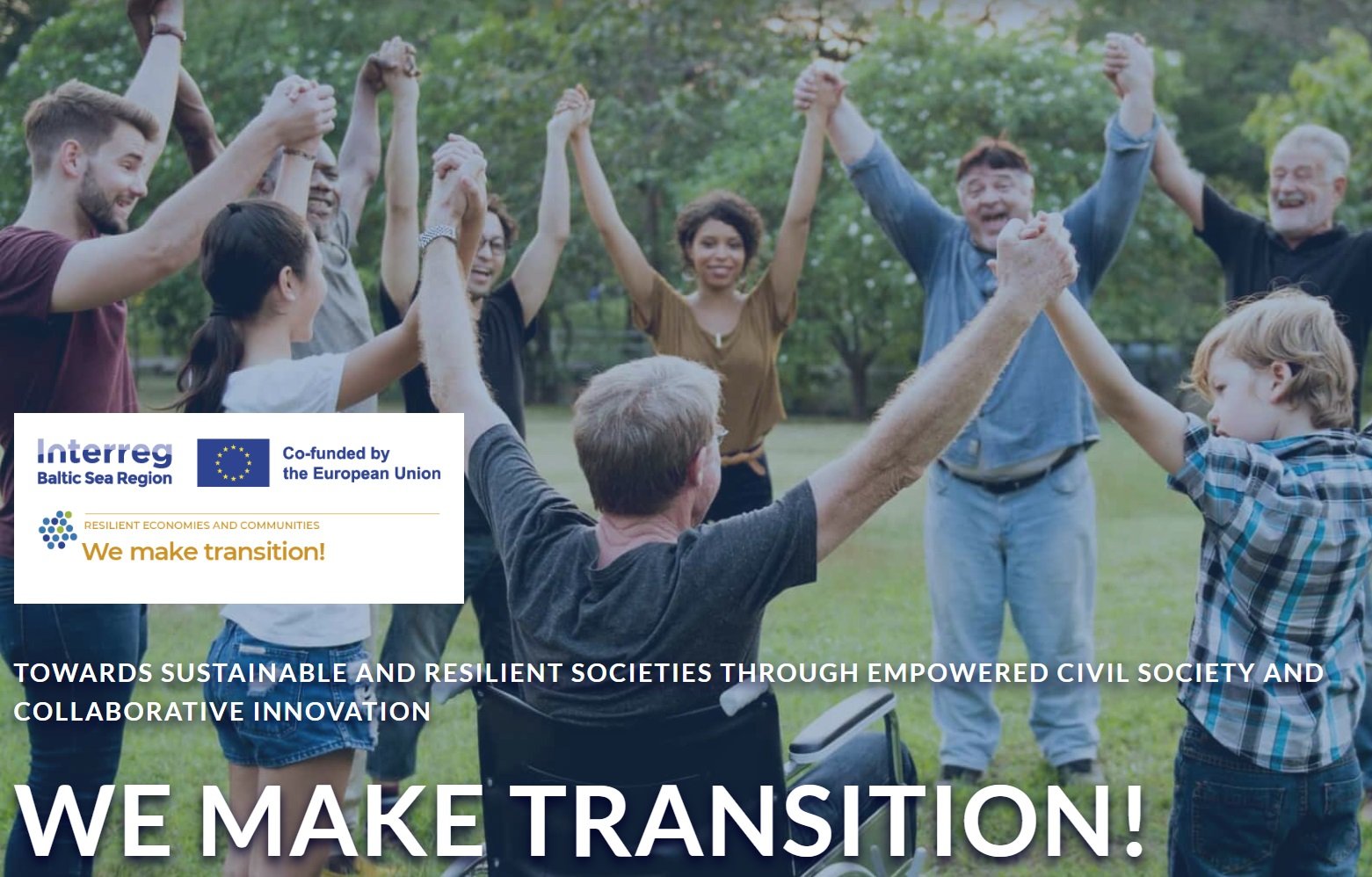
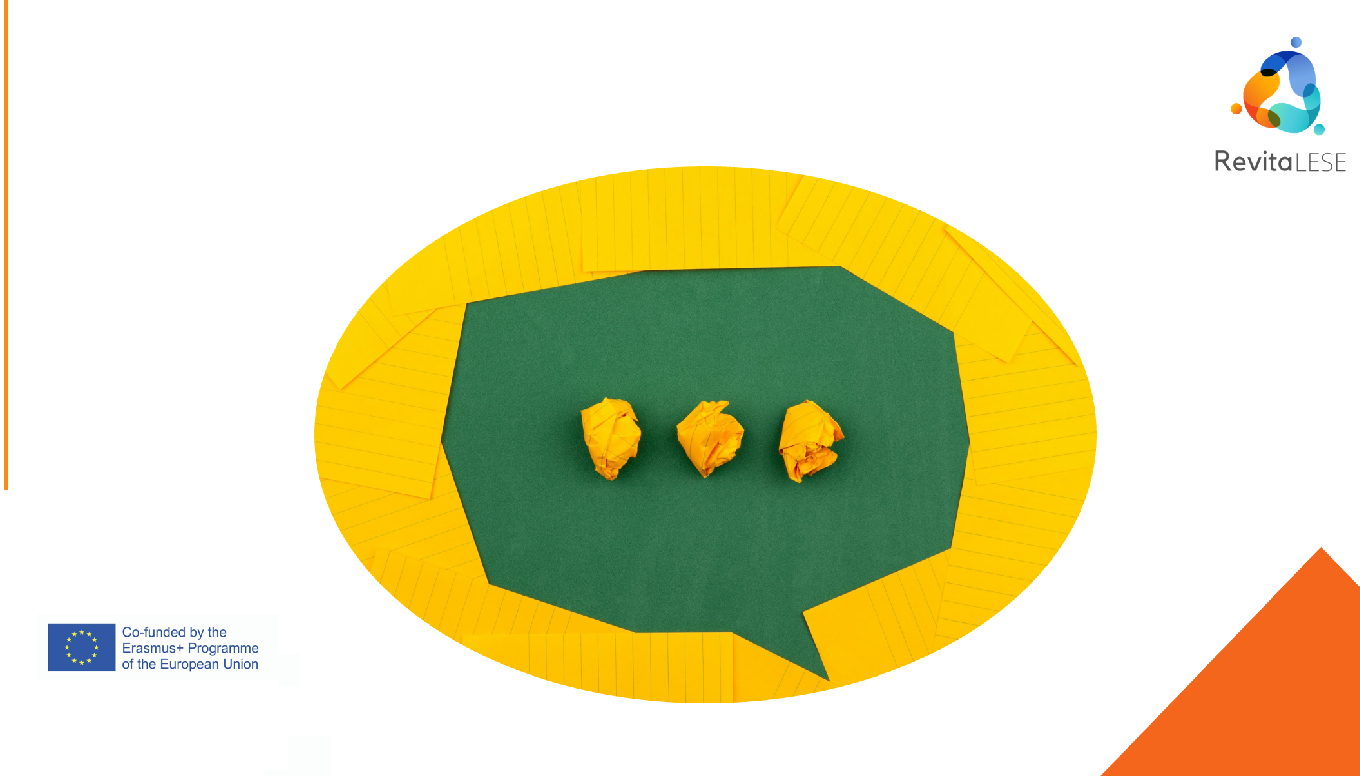
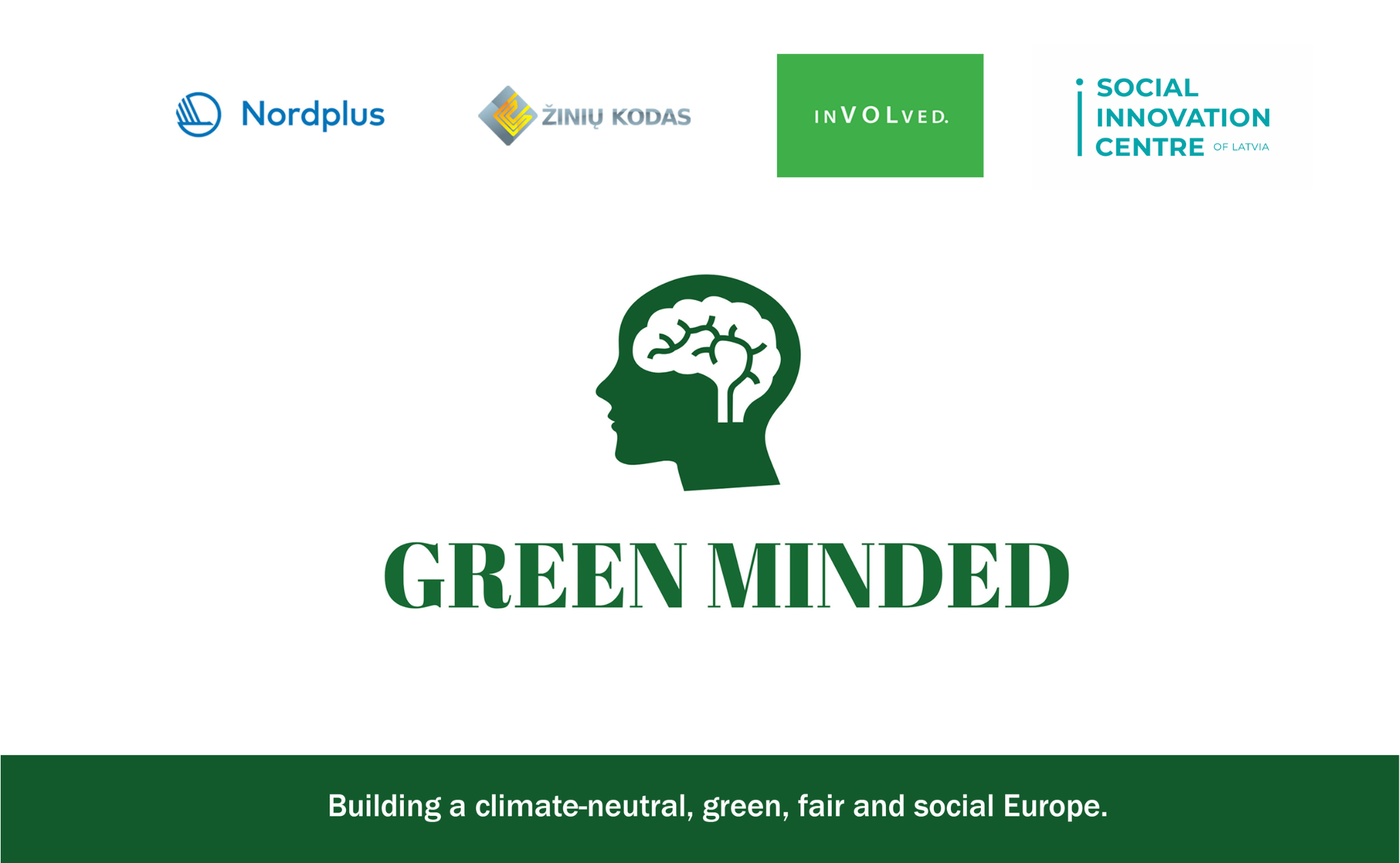




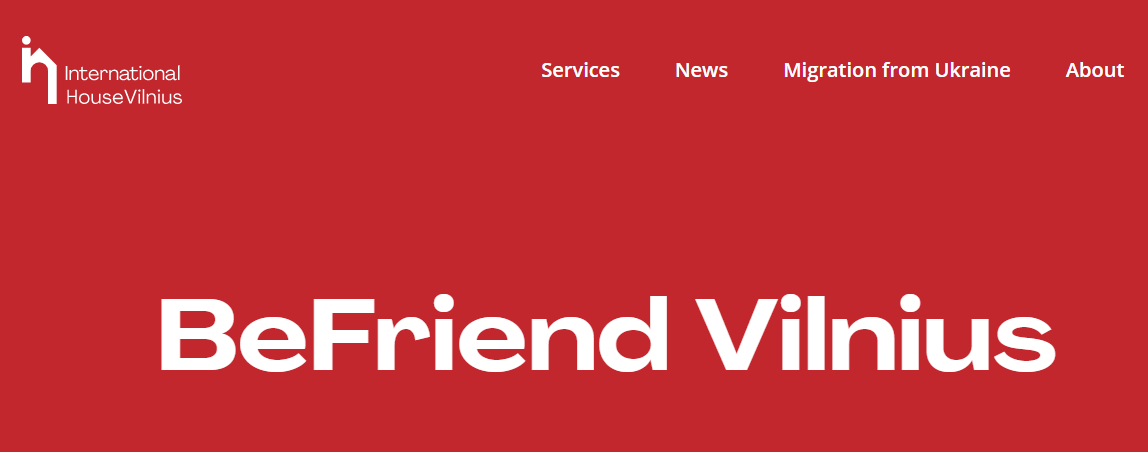
Thank you for your blog article. Fantastic.